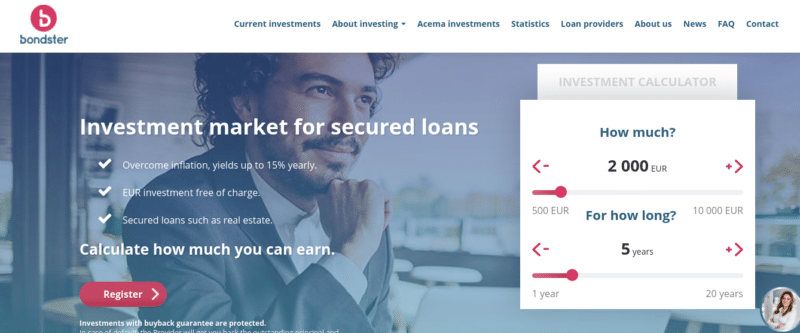
The Hario Mitsudashi Cold Brew Coffee Pot is a simple, reliable way to make smooth cold brew at home. This guide uses the 1-liter pot and includes exact grind guidance for the 1Zpresso K-Max Ultra, storage best practices, and why an optional paper filter can improve clarity and shelf life.
What You Need
- Hario Mitsudashi 1L cold brew pot
- Freshly roasted coffee, medium-coarse grind
- Filtered water
- Kitchen scale (recommended)
Ratio
Start here and adjust to taste:
- 80–100 g coffee
- 1,000 ml water
80 g = lighter, tea-like. 100 g = stronger, more concentrated.
Grind Size for 1Zpresso K-Max Ultra
Target a medium-coarse grind, similar to French press. On the 1Zpresso K-Max Ultra, use the 9-10 setting. This is essentially one full turn and one extra notch if needed. This yields a coarse, even grind that avoids muddiness while extracting well during an 8–12 hour steep.
Tuning: If the brew tastes dull or weak, go slightly finer or increase coffee dose. If it’s bitter or muddy, go coarser or reduce steep time.
Step-by-Step
- Grind. Weigh 80–100 g beans. Grind at ~50–60 clicks on the K-Max Ultra.
- Load. Insert the Mitsudashi mesh basket and add the grounds. Level with a gentle tap.
- Saturate. Pour ~200 ml water over the grounds to wet everything evenly. Wait 1 minute.
- Top up. Add water to reach 1,000 ml. Optional: gently stir inside the basket for a stronger extraction.
- Steep cold. Lid on. Refrigerate 8–12 hours.
Less time = lighter. More time = richer. - Remove basket. Lift out the filter and let it drip a few seconds back into the pot.
- Optional polish. For maximum clarity, pass the brew through a paper filter (details below).
Storage: Keep It Fresh
- Transfer immediately to a hermetic glass bottle (swing-top or airtight carafe). This limits oxygen exposure and flavor drift.
- Store in the fridge at 4 °C. Best within 3 days. Acceptable up to ~5 days if kept airtight and cold.
- Minimize headspace. Fill bottles close to the neck or split into smaller bottles.
Why hermetic? Oxygen drives staling. Airtight storage slows oxidation, preserves aromatics, and maintains sweetness.
Why Add a Paper Filter Pass
The mesh basket leaves fines and oils in suspension. A quick pass through a paper filter after steeping:
- Increases clarity by removing fines for a crisper, cleaner cup.
- Reduces bitterness at the tail by absorbing some oils and ultrafines.
- Improves stability slightly. Fewer suspended particles and oils can slow flavor degradation in the fridge.
If you prefer a heavier body and more “coffee presence,” skip the paper step.
Bean and Roast Guidance
- Single origin for fruit and florals. Blends for chocolate and nuts.
- Medium roast is the safe default. Dark roasts can feel heavy in cold brew; go coarser or shorten steep if using them.
Fast Troubleshooting
- Too weak: finer grind, longer steep, or +10 g dose.
- Too bitter/muddy: coarser grind, shorter steep, or −10 g dose.
- Flat by day 2–3: ensure hermetic storage, reduce headspace, consider paper filtering.




